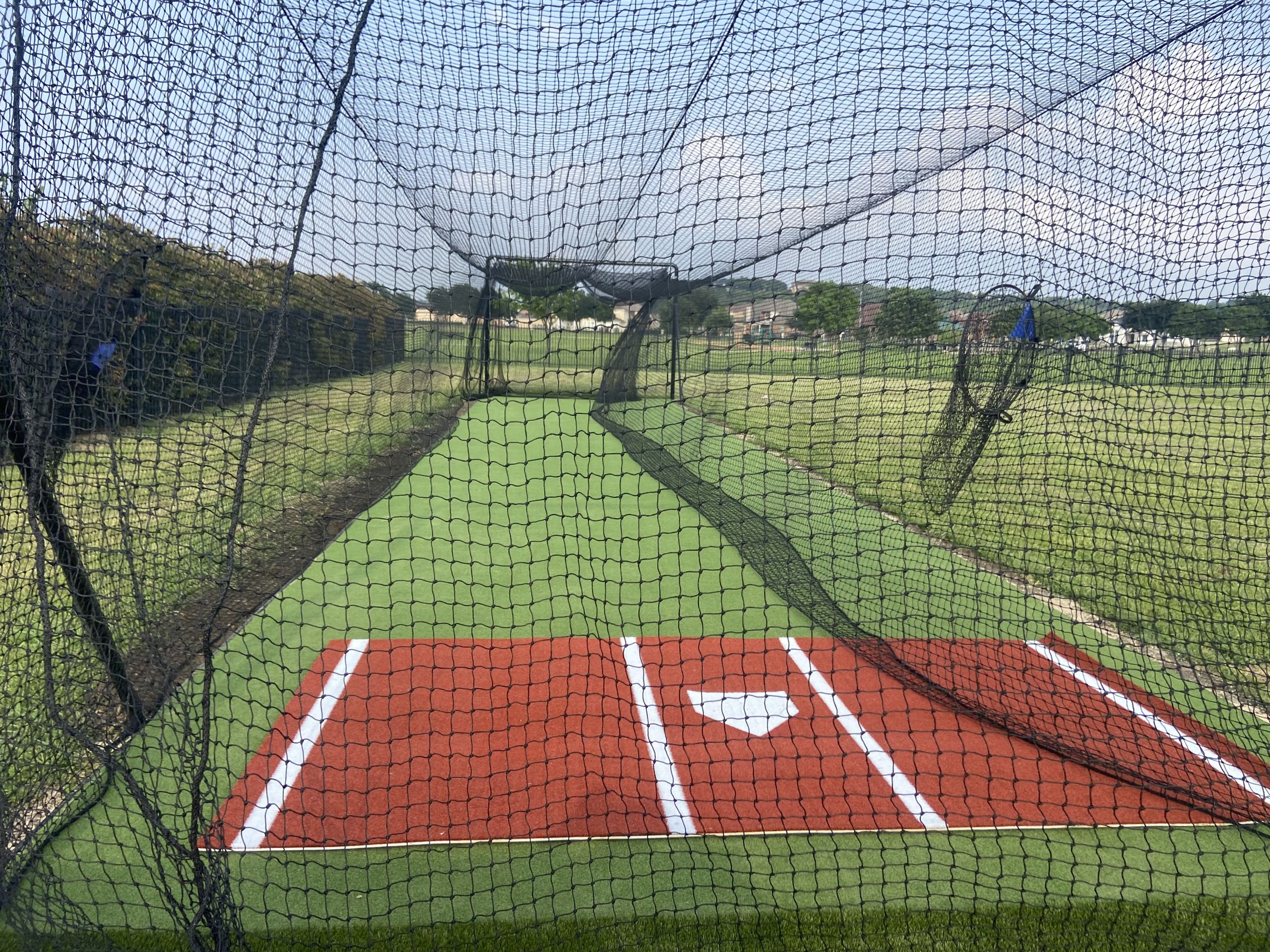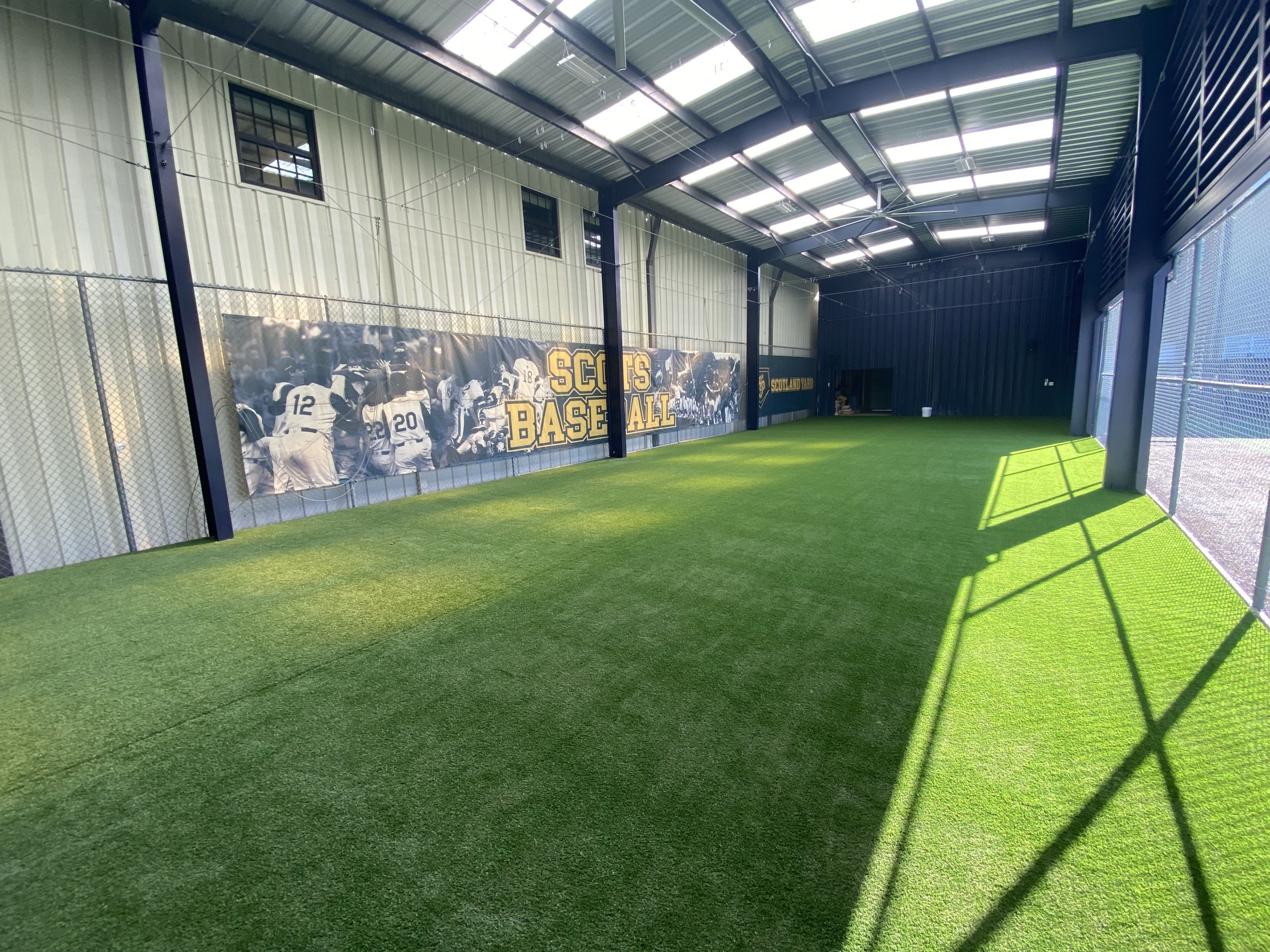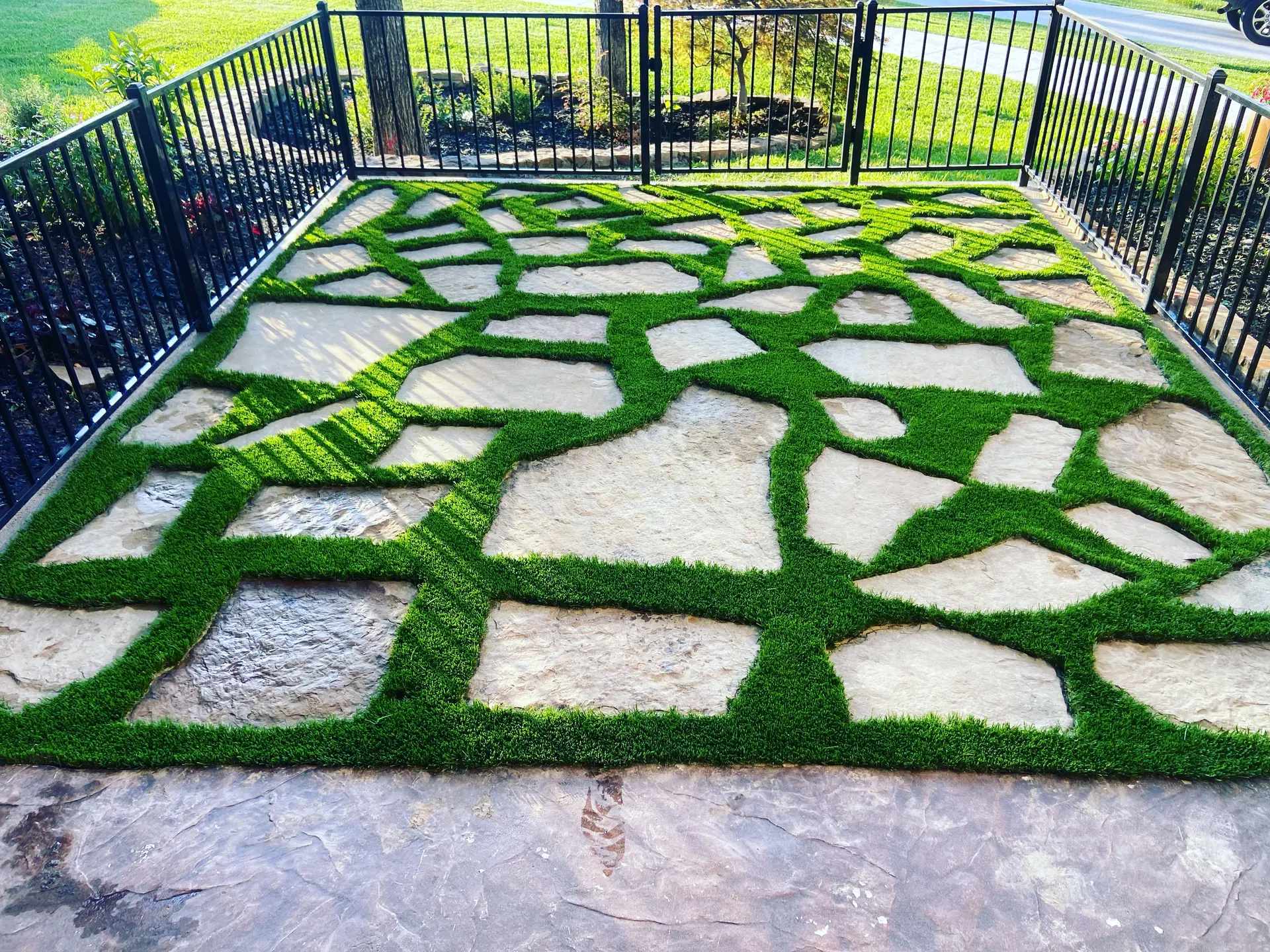
Explore the dynamic world of sports turf, designed to transform athletic fields into high-performance, safe, and durable arenas. This guide provides an in-depth look at the benefits, types, maintenance, and selection criteria for athletic turf, ensuring you make the best choice for your athletic needs. As your #1 Dallas / Fort Worth turf installation company, Prime is here to help!
Introduction to Sports Turf
Sports turf is specifically engineered to meet the rigorous demands of various sports activities. It offers an ideal surface for athletes, providing durability, safety, and consistent performance across football, soccer, baseball, and more.

Athletic Synthetic Grass Installations
Benefits of Sports Turf
- Consistent Playability: Offers a uniform, all-weather surface that ensures fair game conditions any time of the year.
- Injury Reduction: Designed to reduce injuries with its cushioning effect, contributing to player safety.
- Durability: Withstands heavy use and repetitive play without losing integrity or performance.
- Low Maintenance: Eliminates the need for watering, mowing, and painting, significantly reducing upkeep costs and efforts.
Types of Sports Turf
Athletic turf varies depending on the sport it’s designed for, each with unique features to enhance performance:
- Football and Soccer Turf: Features a combination of durability and softness to mimic natural grass and provide shock absorption.
- Baseball Turf: Designed to offer realistic ball bounce, traction for running, and durability for sliding.
- Tennis and Golf Turf: Offers a smooth, consistent surface for accurate ball roll and minimal maintenance.
- Multipurpose Turf: A versatile option that accommodates various sports, providing a balance between softness, durability, and playability.
Maintenance and Care
Keeping your sports turf in top condition requires regular maintenance practices:
- Regular Cleaning: Remove debris and fluff the fibers to keep the surface clean and playable.
- Inspection and Repairs: Regularly check for and repair any wear or damage to prevent further issues.
- Proper Drainage: Ensure the drainage system is functioning correctly to avoid water pooling and turf degradation.
Choosing the Right Sports Turf
Selection should be based on the specific needs of your sport and facility:
- Evaluate the level of play and traffic to determine the durability requirements.
- Consider the sport’s specific performance needs, such as ball roll characteristics or shock absorption.
- Consult with a professional to understand the best infill material and pile height for your application.
Conclusion
Investing in the right sports turf can significantly impact the safety, performance, and satisfaction of athletes. By understanding turf types, benefits, and maintenance needs of turf, you can make an informed decision that meets the demands of your sport and facility, ensuring a high-quality playing surface for years to come.
